

Articles
How To Store Anchovies
Modified: March 23, 2024
Learn the best methods for storing anchovies with this comprehensive guide. Discover the proper techniques to keep your anchovies fresh and flavorful.
(Many of the links in this article redirect to a specific reviewed product. Your purchase of these products through affiliate links helps to generate commission for Storables.com, at no extra cost. Learn more)
Introduction
Welcome to the world of anchovies! These tiny silver fish are packed with flavor and are a beloved ingredient in many cuisines around the world. Whether you are a fan of their salty punch or you simply want to try something new, learning how to properly store anchovies is essential to maintain their freshness and flavor.
In this article, we will explore the different methods of storing anchovies to help you make the most of these delicious fish. We will delve into choosing fresh anchovies, proper cleaning and preparation techniques, as well as various methods such as refrigerating, freezing, and canning. By the end of this article, you’ll be equipped with the knowledge to store your anchovies properly and enjoy their deliciousness whenever you desire.
So let’s dive in and learn the art of storing anchovies!
Key Takeaways:
- Properly storing anchovies is essential for maintaining their freshness and flavor. Whether refrigerating, freezing, or canning, following the right method ensures you can enjoy these flavorful fish for an extended period.
- Choosing fresh anchovies, proper cleaning, and exploring different storage methods are key to savoring the brininess of anchovies in your favorite dishes. With the right techniques, you can confidently store and enjoy these delicious flavor bombs.
Read more: How To Store Opened Anchovies
Understanding Anchovies
Before we delve into the storage methods, it’s important to have a basic understanding of anchovies themselves. Anchovies are small, oily fish that belong to the Engraulidae family. They are typically found in warm waters and are abundant in the Mediterranean Sea. These little fish are known for their silver color and strong, distinct flavor.
Anchovies have been used in culinary traditions for centuries. They are often used to add depth and umami to dishes, whether they are sliced onto pizzas, used as a seasoning in pasta sauces, or incorporated into flavorful dressings and marinades. They are also a key ingredient in popular dishes like Caesar salad and Niçoise salad.
When purchasing anchovies, you can find them in different forms – fresh, cured in salt, or packed in oil. Fresh anchovies are not as common and can be harder to find, but if you do come across them, they are a true delicacy. The cured and packed versions are more readily available and can be stored for longer periods.
Now that we have a better understanding of anchovies, let’s move on to the next step – choosing fresh anchovies!
Choosing Fresh Anchovies
When it comes to choosing fresh anchovies, there are a few key factors to keep in mind to ensure that you get the best quality fish. Here are some tips to help you select the freshest anchovies:
- Appearance: Look for anchovies that have a shiny, silver skin. They should be firm to the touch and have clear, bright eyes.
- Smell: Fresh anchovies should have a mild, briny smell. Avoid any fish that has a strong, unpleasant odor as it may indicate that the fish is not fresh.
- Size: Anchovies come in different sizes, but smaller anchovies generally tend to be more tender and flavorful. However, larger anchovies can still be delicious, so choose the size that suits your preference.
- Source: Whenever possible, opt for anchovies that are sustainably sourced. Look for labels or certifications that indicate the fish has been caught using eco-friendly practices.
If fresh anchovies are not readily available in your area, don’t worry! Cured or packed anchovies can still be a fantastic option. Just be sure to check the expiration date and choose a reputable brand for the best quality.
Now that you’ve chosen your anchovies, it’s time to move on to the next step – cleaning and preparing them for storage!
Proper Cleaning and Preparation
Before you store anchovies, it’s crucial to properly clean and prepare them to ensure optimal flavor and longevity. Follow these steps to clean and prepare your anchovies:
- Gut and Rinse: Start by removing the heads and entrails of the anchovies. Gently open the belly of each fish and scrape out the innards with your finger or a small knife. Rinse the anchovies under cold running water to remove any remaining debris.
- Remove Backbone: Lay the gutted anchovies on a cutting board and gently press down along the backbone to flatten them. Use your fingers or a small knife to lift and remove the backbone entirely. This step will make the anchovies easier to handle and reduce their saltiness.
- Scale and Descale: If you’re working with fresh anchovies, you may want to remove the scales. Use a small knife or a fish scaler to scrape off the scales, moving from the tail towards the head. If you’re using cured or packed anchovies, you can skip this step as the scales have already been removed.
- Soak in Brine: To further reduce the saltiness of cured anchovies, you can soak them in a mild brine solution. Prepare a mixture of water and salt, enough to cover the anchovies, and let them soak for about 15-30 minutes. Rinse them with fresh water after soaking.
- Dry: Make sure to pat dry the anchovies using a clean kitchen towel or paper towels. Gently remove any excess moisture on the fish before moving on to the storage process.
By following these cleaning and preparation steps, you ensure that your anchovies are ready for storage without any unwanted flavors or textures. Now that your anchovies are prepared, it’s time to explore the different methods of storing them!
Different Methods of Storing Anchovies
When it comes to storing anchovies, there are a few different methods you can choose from, depending on your preferences and how long you plan to store them. Here are three common methods:
- Refrigerating Anchovies: One of the easiest and most common methods of storing anchovies is to keep them in the refrigerator. This method works best for fresh anchovies or those packed in oil. Place the anchovies in an airtight container or wrap them tightly in plastic wrap to prevent air exposure. Store them in the coldest part of your refrigerator, such as the back, and they should stay fresh for up to a week.
- Freezing Anchovies: Freezing is a great method if you have a larger quantity of anchovies and want to store them for an extended period. Start by individually wrapping each anchovy in plastic wrap to prevent freezer burn. Place the wrapped anchovies in a zip-lock bag or airtight container and store them in the freezer. They can last up to 3 months when properly frozen. To thaw, simply transfer the desired amount to the refrigerator and let them defrost overnight.
- Canning Anchovies: If you want to preserve anchovies for an even longer duration, canning is an excellent option. This process requires curing the anchovies in salt before packing them in jars with olive oil. It’s a bit more involved but allows you to enjoy your homemade preserved anchovies for several months or even up to a year. Proper canning techniques are essential to ensure safety, so be sure to follow a trusted recipe or consult a canning guide for detailed instructions.
Each of these methods has its own advantages and considerations. Choose the one that best suits your needs and the quantity of anchovies you have.
Now that you know the storing methods, let’s move on to some helpful tips to ensure your anchovies stay fresh and flavorful!
Store anchovies in a tightly sealed container in the refrigerator, covered with olive oil to keep them fresh. They can also be stored in the freezer for longer shelf life.
Read more: How To Store Leftover Anchovies
Refrigerating Anchovies
Refrigerating anchovies is a convenient and popular method of storing these flavorful fish. Whether you have fresh anchovies or those packed in oil, refrigeration helps preserve their freshness and taste. Here’s how to properly refrigerate anchovies:
- Airtight Container: Place the anchovies in an airtight container. This helps prevent air exposure and keeps the fish from absorbing any unwanted odors from the refrigerator.
- Oil or Brine: If your anchovies are packed in oil or brine, keep them submerged in their original liquid. The oil and brine act as a protective barrier, preserving the flavor and texture of the fish.
- Cold Temperature: Store the container in the coldest part of your refrigerator, typically the back. The colder temperature helps slow down bacterial growth and extends the shelf life of the anchovies.
- Label and Date: It’s a good practice to label the container with the date you stored the anchovies. This way, you can keep track of their freshness and use them in a timely manner.
- Use Within a Week: Refrigerated anchovies are best consumed within a week to ensure optimal taste and quality. After that, they may start to lose their flavor and texture.
Refrigerating anchovies is a simple and effective method, especially for smaller quantities or short-term storage. It allows you to have quick and easy access to your anchovies whenever you want to add an umami punch to your dishes.
Now that you know how to refrigerate anchovies, let’s move on to the next method – freezing!
Freezing Anchovies
Freezing anchovies is an excellent method for long-term storage, especially if you have a larger quantity of fish. Freezing helps preserve the freshness and flavor of the anchovies, allowing you to enjoy them at a later time. Here’s how to properly freeze anchovies:
- Individually Wrap: Start by individually wrapping each anchovy in plastic wrap. This step prevents the fish from sticking together and helps prevent freezer burn.
- Airtight Container or Bag: Place the wrapped anchovies in an airtight container or a freezer-safe bag. Make sure to remove as much air as possible from the container or bag before sealing it.
- Label and Date: It’s essential to label the container or bag with the date of freezing. This way, you can keep track of the anchovies’ freshness and use them in the appropriate order.
- Store in Freezer: Place the container or bag in the coldest part of your freezer, such as the back. The lower the temperature, the better the anchovies will retain their quality for an extended period.
- Use within 3 Months: Frozen anchovies can typically last for up to 3 months when stored properly. Beyond that time frame, the texture and flavor may start to deteriorate.
- Thawing: To thaw the anchovies, transfer the desired amount from the freezer to the refrigerator. Allow them to defrost slowly overnight. Avoid thawing at room temperature, as this can lead to bacterial growth and spoilage.
Freezing anchovies is a convenient way to stock up on these flavorful fish and ensure you always have them on hand. Whether you plan to use them in recipes or enjoy them as a standalone ingredient, frozen anchovies can be a fantastic addition to your culinary arsenal.
Now that you know how to freeze anchovies, let’s move on to the final storage method – canning!
Canning Anchovies
If you want to preserve anchovies for an extended period, canning is a great method to consider. Canning allows you to prepare and store anchovies in a way that maintains their flavor and quality for many months, or even up to a year. Here’s how to properly can anchovies:
- Curing in Salt: Begin by curing the anchovies in salt. Layer the anchovies in a shallow dish, sprinkling each layer generously with salt. Cover the dish and refrigerate for at least 24 hours. This step helps remove excess moisture and enhances the anchovies’ flavor.
- Rinsing and Draining: Take the cured anchovies and rinse them thoroughly under cold water to remove excess salt. Gently pat them dry with paper towels or a clean kitchen towel.
- Packing in Jars: Sterilize glass jars by boiling them for a few minutes or running them through the dishwasher. Pack the anchovies into the jars, leaving a little room at the top. You can add layers of herbs, such as rosemary or thyme, for added flavor if desired.
- Adding Olive Oil: Pour enough olive oil over the packed anchovies to completely cover them. The oil acts as a protective layer and helps preserve the fish. Make sure all the anchovies are fully submerged in the oil.
- Sealing and Processing: Place the lids on the jars and tighten them securely. Follow proper canning techniques to process the jars in a boiling water bath or pressure canner, depending on the recipe and guidelines you are following. This step ensures that the jars are properly sealed and safe for long-term storage.
- Label and Store: Once the jars have cooled, label them with the date and contents. Store the canned anchovies in a cool, dark place such as a pantry. They can typically be stored for several months or even up to a year.
Canning anchovies allows you to enjoy the deliciousness of homemade preserved fish whenever you desire. They can be used in various recipes, adding a burst of flavor to salads, sauces, and more.
Now that you are familiar with the canning method, you have learned three different ways to store anchovies. By following these techniques, you can ensure that your anchovies stay fresh and flavorful, no matter how you choose to use them.
Next, let’s explore some helpful tips for storing anchovies properly!
Tips for Storing Anchovies Properly
To make the most of your anchovies and ensure they stay fresh and delicious, here are some handy tips for proper storage:
- Keep Anchovies Sealed: Whether you choose to refrigerate, freeze, or can your anchovies, always ensure they are tightly sealed in airtight containers or packaging. This prevents air exposure and helps maintain their flavor and texture.
- Label and Date: It’s important to label your anchovies with the date of storage. This way, you can keep track of their freshness and use them in the right order.
- Rotate Stock: If you have multiple containers or batches of anchovies, practice the “first in, first out” rule. Use the oldest anchovies first to ensure they are consumed before they start to lose their quality.
- Avoid Cross-Contamination: When handling anchovies, be careful not to cross-contaminate other foods with their strong aroma. Wash utensils, cutting boards, and hands thoroughly after working with anchovies to prevent the flavor from transferring.
- Use in Small Quantities: Anchovies have a potent flavor, so a little goes a long way. Use them sparingly in recipes to enhance the umami taste without overpowering other ingredients.
- Proper Thawing: If you choose to freeze anchovies, ensure they are properly thawed before using them. Transfer them to the refrigerator overnight to defrost slowly. Avoid thawing at room temperature to prevent bacterial growth.
- Inspect for Freshness: Before using your anchovies, always inspect them for any signs of spoilage, such as an off odor, sliminess, or discoloration. Discard any anchovies that appear to be spoiled.
- Experiment with Different Storage Methods: Each storage method – refrigerating, freezing, and canning – offers a unique way to preserve and enjoy anchovies. Feel free to experiment and find the method that suits your preferences and cooking style.
By following these tips, you can ensure that your anchovies stay fresh, flavorful, and ready to enhance your culinary creations whenever you need them.
Now that you’re armed with the knowledge of proper anchovy storage, you can confidently enjoy these little flavor bombs in your favorite dishes!
So go ahead and savor the brininess of anchovies, knowing that you can store them properly and enjoy their deliciousness for an extended period of time.
Read more: How To Store Anchovies After Opening
Conclusion
Storing anchovies properly is crucial to maintain their freshness, flavor, and texture for an extended period. Whether you have fresh anchovies or those packed in oil or salt, there are several methods you can employ to ensure optimal storage.
Refrigerating anchovies in an airtight container or wrapping them tightly in plastic wrap is ideal for short-term storage. This method allows you to easily access your anchovies within a week while preserving their quality.
Freezing anchovies is a convenient option for long-term storage. Individually wrapping each anchovy in plastic wrap and storing them in airtight containers or bags prevents freezer burn and extends their shelf life for up to three months.
If you want to preserve anchovies for an even longer duration, canning is the way to go. Curing the anchovies in salt and packing them in jars with olive oil provides a homemade preserved delicacy that can last up to a year when stored properly.
Regardless of the storage method you choose, it is important to label and date your anchovies to keep track of their freshness and maintain proper rotation. Additionally, follow good hygiene practices to prevent cross-contamination and always inspect the anchovies for freshness before use.
Now that you have a comprehensive understanding of storing anchovies, you can confidently handle these flavorful fish and incorporate them into your culinary endeavors.
So go ahead, start experimenting with different anchovy-infused recipes, knowing that you can store these beloved ingredients properly and enjoy their taste and umami goodness whenever you desire. Happy cooking!
Frequently Asked Questions about How To Store Anchovies
Was this page helpful?
At Storables.com, we guarantee accurate and reliable information. Our content, validated by Expert Board Contributors, is crafted following stringent Editorial Policies. We're committed to providing you with well-researched, expert-backed insights for all your informational needs.
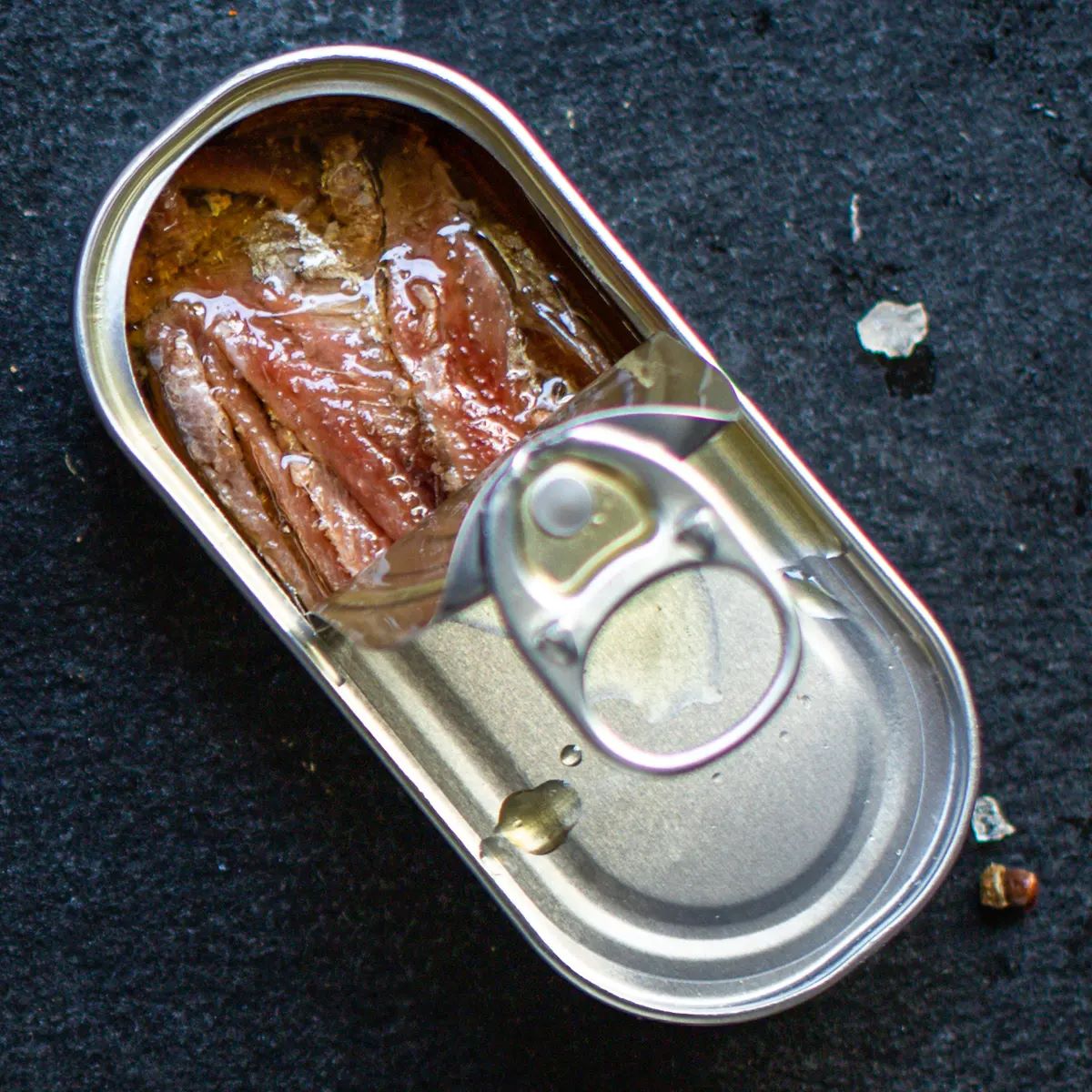




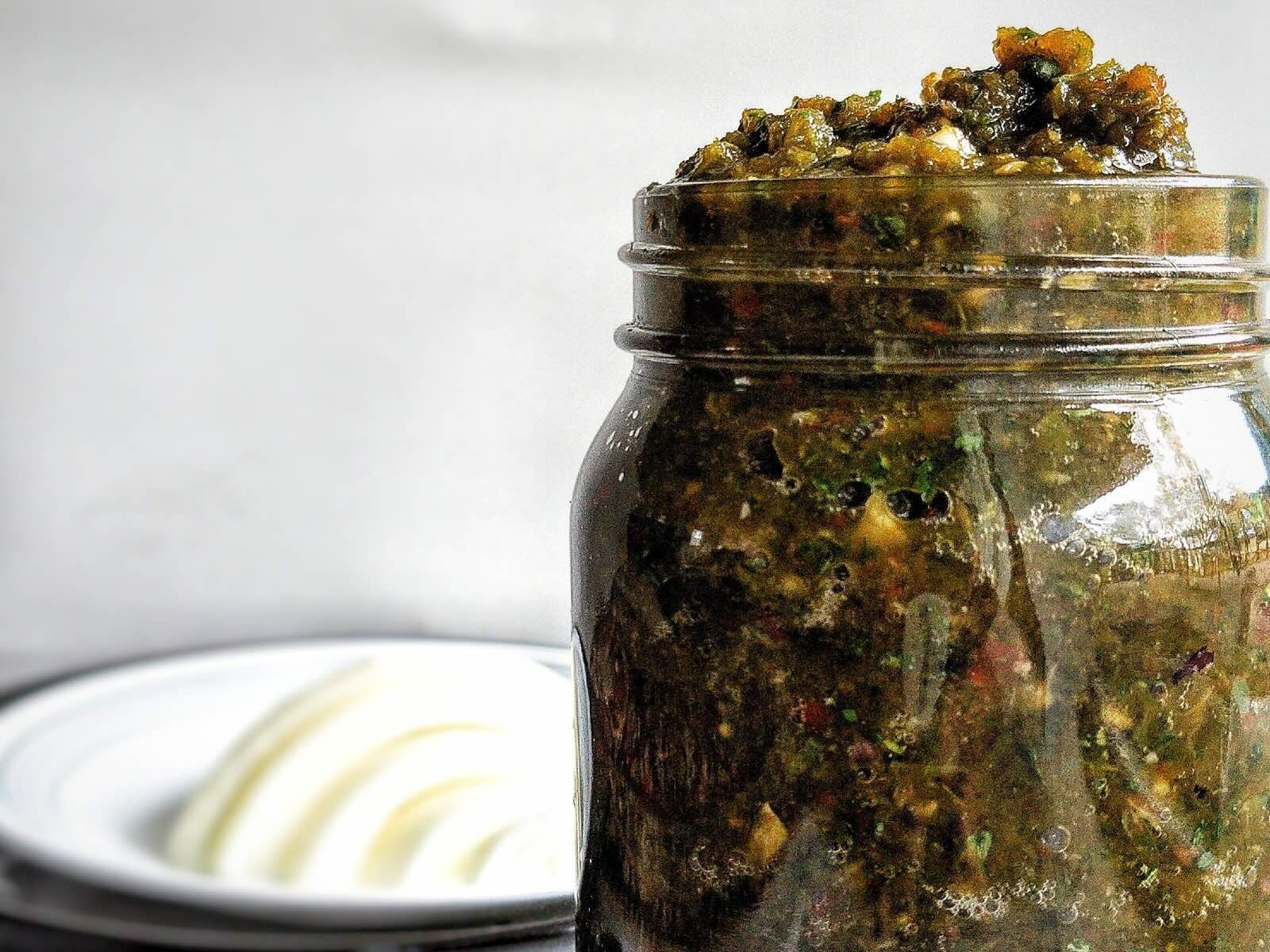
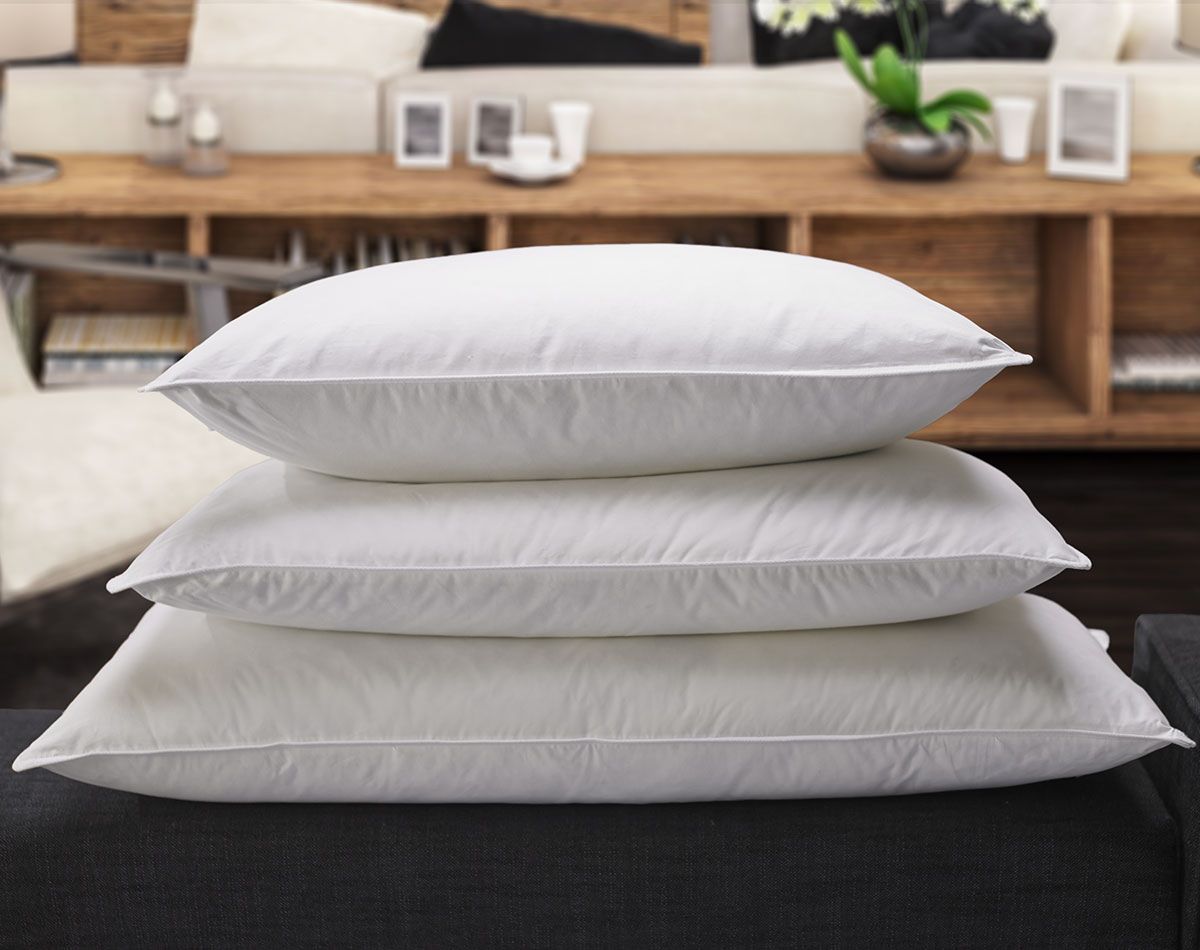
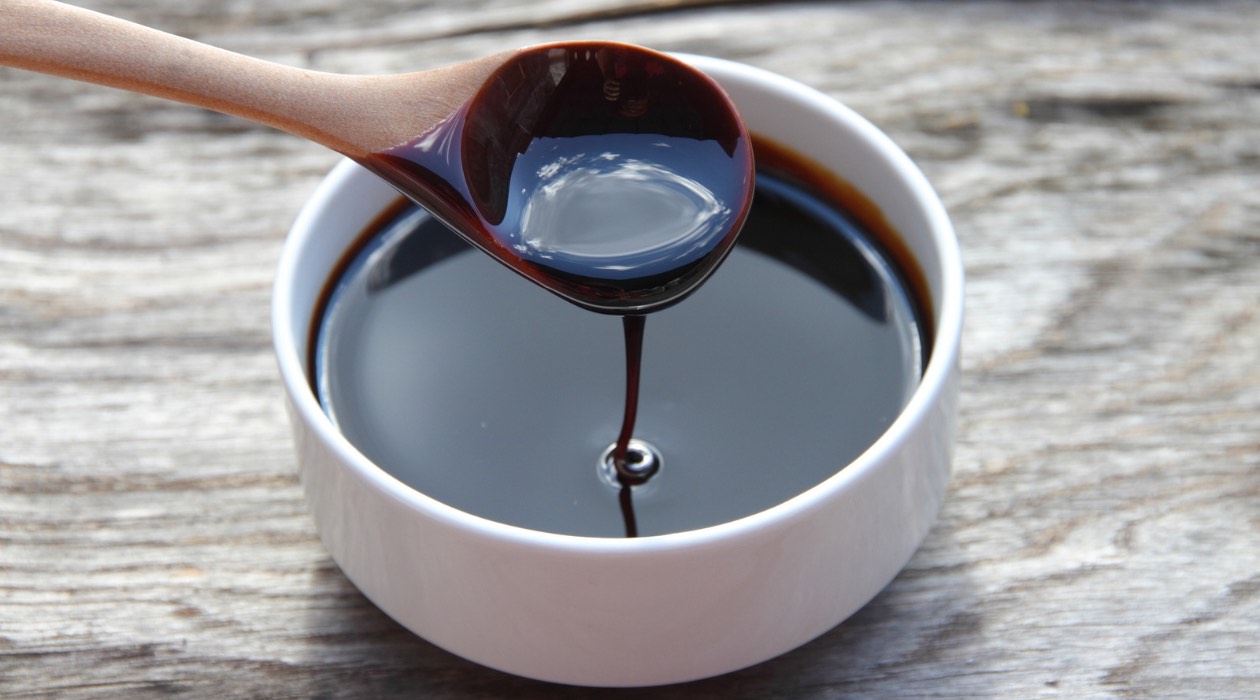
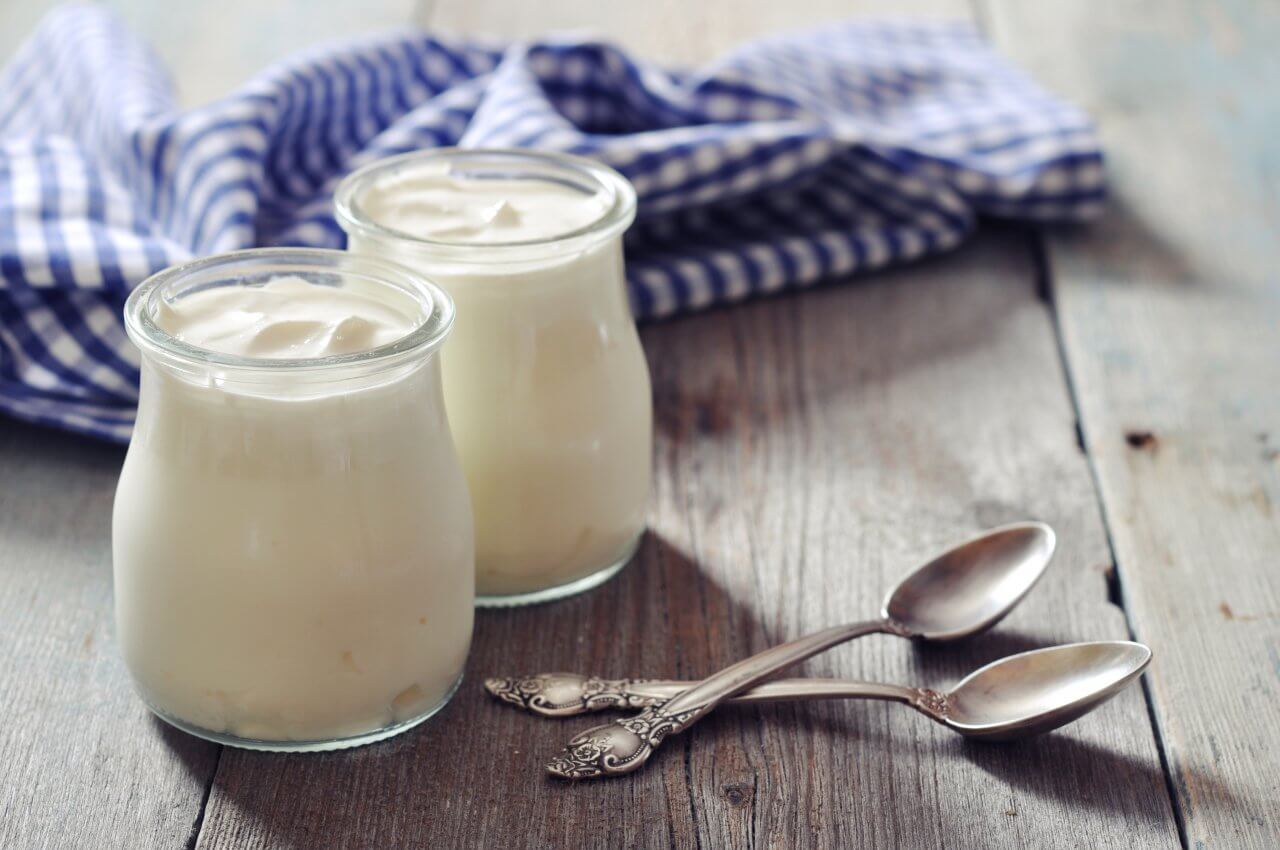
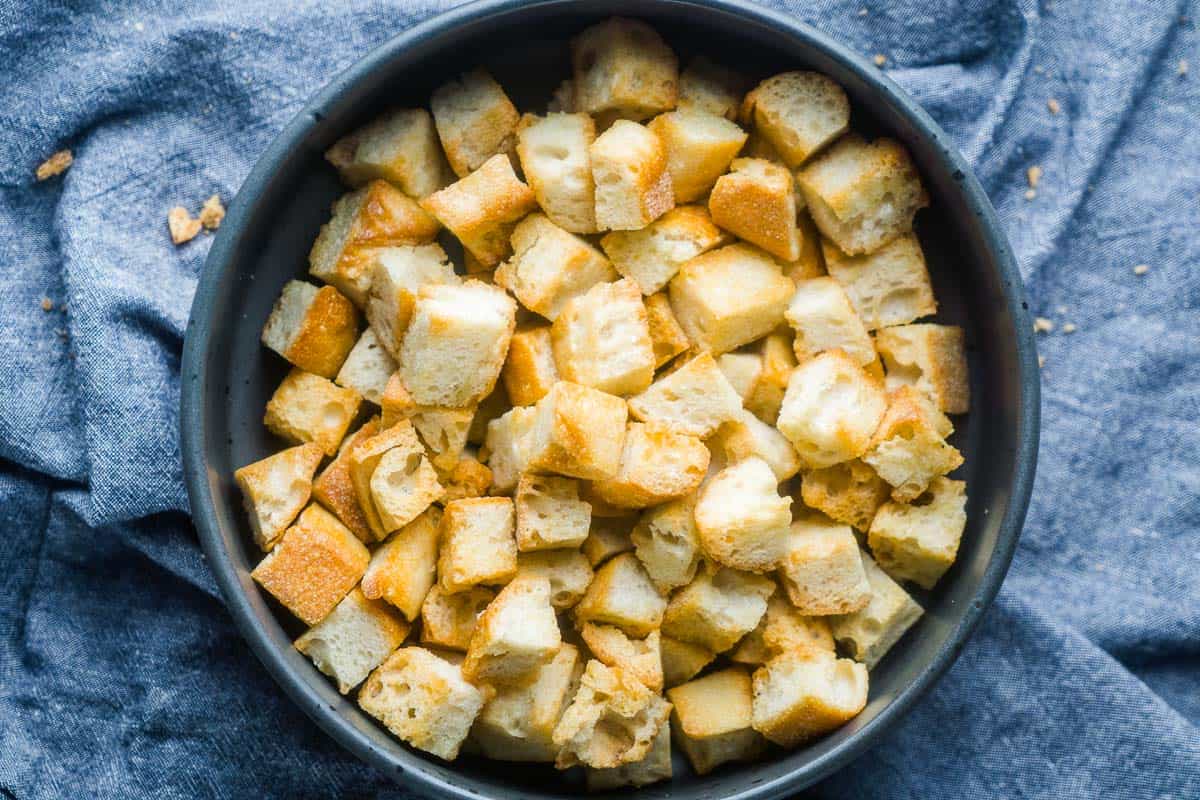

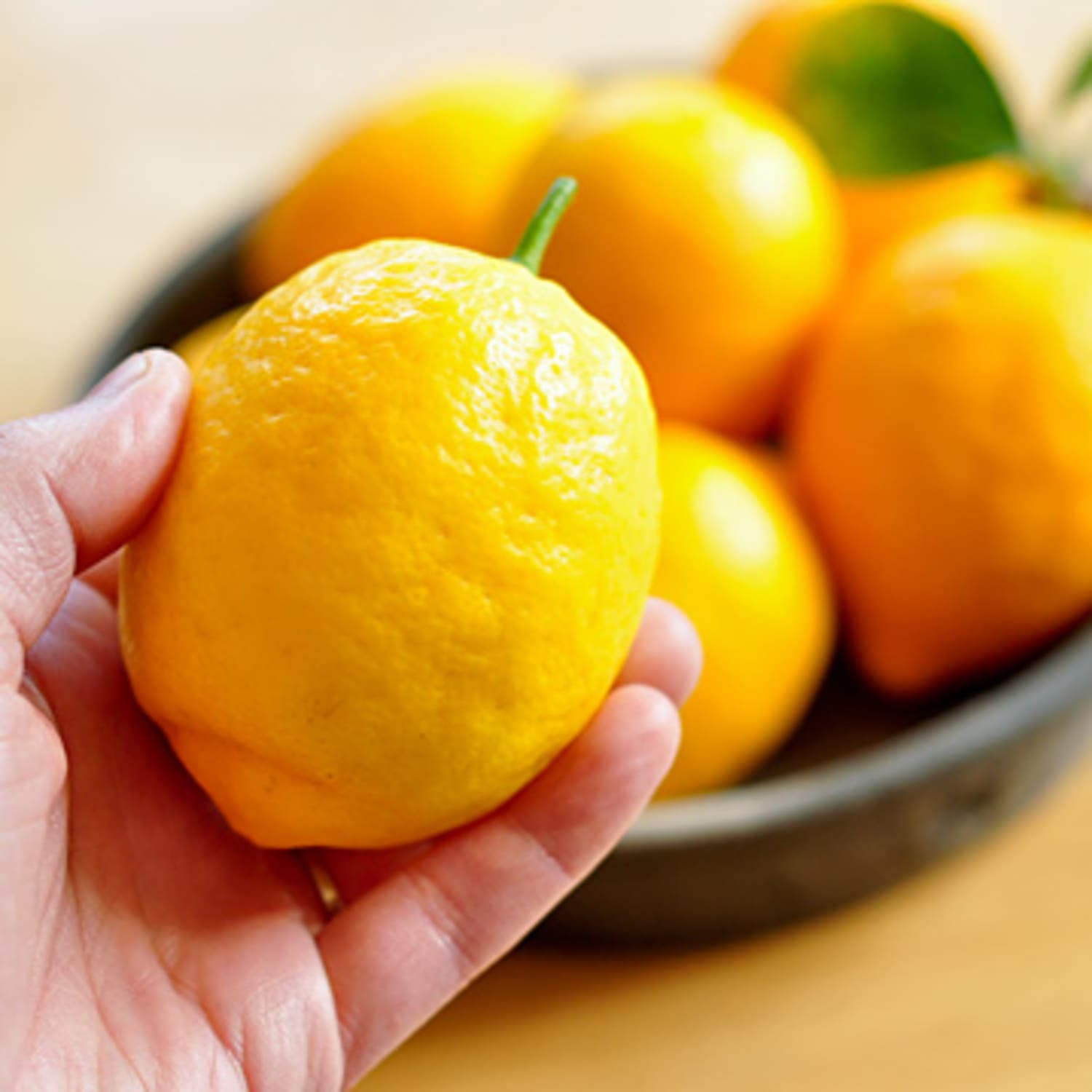
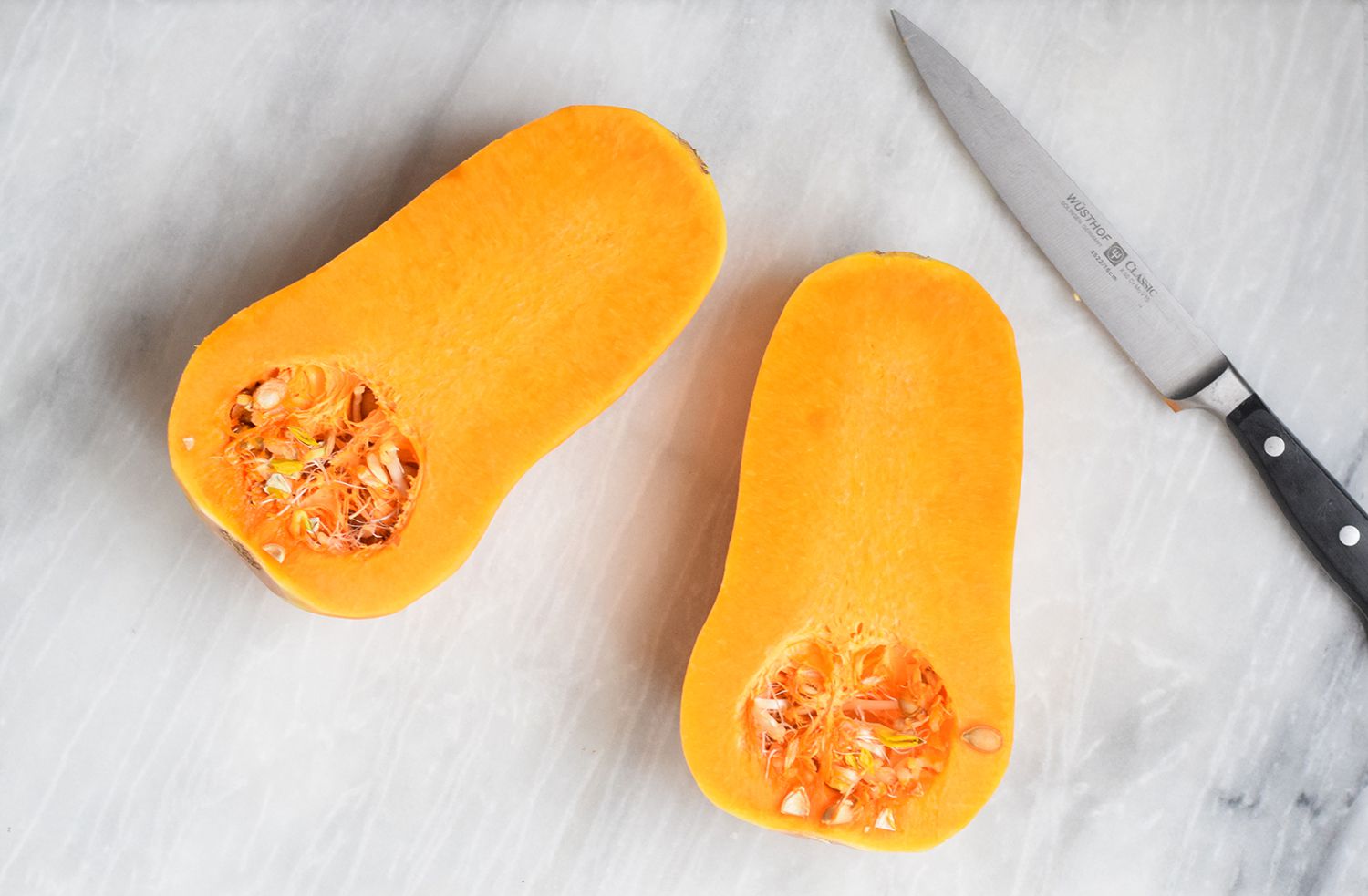

0 thoughts on “How To Store Anchovies”